Pergola is situated on the ninth (top) floor of the Hilton Cavalieri hotel in Rome. The hotel nestles on Rome’s highest hilltop and looks down over the dome of St Peter’s Cathedral, set in a fifteen-acre park. The hotel has been running since 1963, inaugurated by Conrad Hilton. Pergola itself opened in October 1994, with executive chef Heinz Beck. The restaurant gained a Michelin star in 2001 and by 2005 had three stars, the first restaurant in Rome to hold this accolade. It has held three stars for the two decades since then. Mr Beck, born in Germany, learned his trade at top restaurants including Tantris and Residenz Heinz Winkler, before opening Pergola in 1994. Heinz lectures in nutrition at two different universities. The dining room had a major refurbishment in 2024, seating fifty guests. There were 25 chefs in the kitchen tonight. There were tasting menus at €295 (seven courses) or €350 (ten courses). There was also an a la carte selection, with three courses at €230 and four courses at €270. Five courses at €300 was, curiously, pricier than the seven-course tasting menu.
The wine list had over 4,000 wine labels and over 80,000 bottles. This is overseen by head sommelier Marco Reltano, who built up the list from scratch at the opening of the restaurant and has presided over it ever since. The list is one of the 2025 Wine Spectator Grand Wine Lists, one of the top 100 in the world. The main cellar is in the basement of the hotel. There was even an extensive water menu, with choices from around the world. There is a vast list of Italian wines and another similarly huge list of foreign wines, from as far afield as Morocco, Israel and Japan; there was even a Riesling from the Netherlands. Example labels were Friulano Rodaro 2021 at €60 for a wine that costs around €14 in the high street, Barco del Corneta Verdejo Vino de la Tierra de Castilla y Leon 2020 at €90 compared to its retail price of €31, and Zoorah Karasi Vayots Dzor 2017 from Armenia at €90 for a wine that €38. There were plenty of posher offerings, such as Gravner Ribolla Venezia Giulia IGT 2004 at €260 compared to its retail price of €155, Antinori Tignanello 1990 at €640 for a wine that retails at €269, and Massetto 2000 at €3,400 for a bottle whose current market value is €1,135. We drank Jermann Vintage Tunina 2022, which was €150 compared to its retail price of €68.
An array of canapés began the meal. Smoked ricotta with milk and honey was made using a coagulation process with seawater instead of traditional animal rennet. During the production, both acacia and sunflower honey are added, enriching the aromas and enhancing the cheese’s natural sweetness. Once formed, the ricotta was slowly baked in a charcoal oven for about two hours. This process causes a thick crust to develop and imparts a distinctive smoky aroma. At the end of cooking, the surface is sealed with beeswax, which promotes ageing and intensifies the flavours over time. When served, the ricotta is portioned and accompanied by pollen grains, preserved lemon peel, and a small bouquet of fresh aromatic herbs. A further canape was a nod to the nostalgic pairing of strawberries and cream. At its base is a favetta strawberry, lightly smoked over a barbecue and filled with a gel made from elderberries. It was accompanied by a strawberry vinegar sauce, clarified using a milk-washing technique borrowed from the world of mixology. This process involves adding cream to the vinegar and letting it rest for about five hours. During this time, the milk proteins coagulate, trapping impurities and resulting in a perfectly clear sauce with a light pink hue and a creamy flavour. To finish, the strawberry was garnished with a sprig of strawberry mint, hinting at the fruit’s original stem. A baby squid canape was inspired by a traditional dish of “cuttlefish, potatoes, and olives,”. This is a modern reinterpretation featuring baby squid that is seared and then marinated in a gremolata made with fresh herbs and extra virgin olive oil. The dish is completed with chicory, crispy potato crumble, dehydrated olive powder, and chicory oil.
Char was marinated with salt, sugar, and roasted coffee, then lightly smoked. It was served on a crispy potato chip, accompanied by oat cream and a parsley sponge powder. This apparently is intended to hint at the rocky riverbeds that are the natural habitat of this fish. For plating, the char was suspended on small wooden branches. The final canapé was a puffed bread sphere with glazed beef diaphragm, aged potato and black truffle. A puffed bread hemisphere encased glazed beef diaphragm, which was slow-cooked in its own fat and infused with apple, onion, herbs, and spices. The meat is reheated inside a warm marble shell, nestled between two oak leaves, hinting at the natural home of truffle. In this case this was tuber aestivum (summer truffle), which was pretty much at its peak now. To enrich the aromatic profile, liquorice root and potato was added, the latter aged to concentrate and deepen its flavour. A cracker flavoured with black pepper was topped with Gorgonzola cream and figs, a shot of fermented honey with rice essence and barley coffee. The cracker was quite firm in texture, but the fig was good, the black pepper a little more restrained than I had expected. The little carbonara of potatoes had dried olives, chicory oil and a little garlic and chilli. This worked well, though the garlic and chilli were quite subtle. Shad was served on a potato crisp and was pleasant rather than thrilling. Oven-baked ricotta came with seawater, honey and bergamot with compote of lemon. Again, this was nice enough, but not particularly memorable. Strawberry with elderberry and clarified cream tasted fine, but fruit seemed a peculiar choice for a canapé. A beef tartlet featured meat cooked at the table on marble, wrapped in oak leaves and served with black truffle. A pescatarian alternative was langoustine with olive oil, tomatoes, curry and black truffle (16/20 average for the canapés). Bear in mind that all the above was just the canape stage of the meal.
Different breads appeared during the dinner, all made in the kitchen, the first was focaccia made with a little tomato water inside and topped with Maldon salt. The breads were served with a choice of very good Habenos olive oil from north of Rome and a butter that was churned in the kitchen, the cream supplied by a local farm. The focaccia was light and delicate.
Amberjack with aubergine came with a light sauce of pepper water. The amberjack was marinated in a dry rub of herbs and spices, served with barbecued aubergine and smoked bell peppers, all brought together by almonds. The aubergine was grilled over charcoal and then marinated overnight with fresh herbs inside a Josper oven. From the bell peppers, an extract is infused with lovage. To finish, an almond sauce is made from seeds activated in seawater and vinegar. The amberjack was very good, the aubergine a good contrast, and the sauce was pleasant (17/20). Red shrimps with lemon grass were cooked briefly on a Josper grill, served with lemon jelly and mint sauce, with green beans and snow pea textures. The red shrimp was paired with Roman mint and lemon. The shrimp was wrapped in lemongrass and grilled over charcoal, adding a smoky note with some citrus. The vegetables were very delicate, and the red shrimps had a lovely flavour (18/20).
A dish that was entitled “0.01%” apparently refers to the amount of the world’s biomass taken up by humans. There was a “pavement slab” (“sanpietrino”) obtained by lyophilising a mix of tomato and vegetal coal. The main flavours of the dish were the tomato and the basil. At the base is a tomato carpaccio onto which is placed a basil seed sauce, the tomato cloud covered by the sanpietrino. There was a mousse made from tomato water as well as tomato carpaccio seasoned with basil oil, as well as roasted tomato sauce, flavoured with sumac. The slab of tomato had an intense flavour. This was quite a technical dish, made using some exotic kitchen machinery, but where the flavour really came through (19/20).
The next bread was ciabatta made with semolina flour, which was very fresh and had a lovely texture. Lobster with spinach puree and beetroot also had spinach heart, spinach leaves and cucumber. The lobster was cooked in seawater at 68°C and accompanied by kidney beans, which were cooked and sautéed in a pan with thyme and rosemary. There was also a liquorice extract, obtained through the ultrasound bath machine that is used to process the liquorice sticks, and spinach, both in leaves that are marinated with a fresh citronette, and in a sauce. This was all covered by a powder of lyophilised beet and edible flowers. The lobster was tender and the beetroot had excellent flavour (18/20).
Tagliolini of lemon came with basil and parsnip, and oscietra caviar from Italy, with dehydrated bergamot from Calabria grated over the dish at the table. The tagliolini pasta is made by hand every day, paired with citrus fruit in the form of limone pane, a rare variety native to the island of Procida, recognisable by its much thicker, spongy white pith and a sweeter flavour compared to common lemons. The dish was finished with a wild herb sauce, a quenelle of caviar and a pinch of freeze-dried bergamot powder. The pasta had a very good texture, but lemon seemed a slightly odd choice with pasta and caviar to me, and I am not sure what the bergamot really added (16/20).
Natural white bread was next, and this had a lovely texture and very good crust. Red mullet came with sand carrots from a region in southern Italy and galangal sauce, made from the herbaceous root that is similar to ginger but with a less pungent, more citrus flavour. The sauce was enriched with black myrtle berries, which lend a Mediterranean touch. The mullet was superbly cooked, and the carrot had terrific flavour. The gentle hint of galangal worked very well, and only the myrtle seeds seemed rather superfluous (19/20).
An all-grain bread appeared at this point and had excellent texture. Nettle pesto and cedar was the next dish. This used salanova lettuce, arranged to resemble the cross-section of a tree trunk. On top of this base were several aromas and scents. The Salanova escarole is an ancient variety of lettuce that is resistant to heat and is harvested around the Agropontino (the southern part of the Lazio region). This was combined with oil of pine and cooked in an ultrasound bath, a technique to soften the texture and intensify the flavour. There was a lardo made with pine needles, acorns, pesto of tarragon and nettles, a gel of tree resin and a sauce of mango that was oxidised with pine needles. Grated Himalayan pine needles were freeze-dried to provide vitamin C, with nettle pesto and notes of Himalayan cedar. The dish was completed with nettle pesto, onion in carpione, Cornelian cherries, pioppini mushrooms, and various types of wild herbs and flowers. Finally, there was grifola frondosa, a mushroom that grows in environments where the air is very pure. It was marinated and grilled, bringing a smoky note. This was all very technical and nutritious and obviously had a lot of thought put into it, but was hard to get excited about from a flavour viewpoint. It felt like a technical exercise rather than something that was a dish really designed to taste great and give pleasure (14/20).
Local lamb sourced from a farm near the Appian Way came with a “pave” of beans. Lamb from Appia Antica was cooked inside the Josper (a static oven powered with coal) and then glazed with its own juices. This was accompanied by a “flagstones street” of legumes that are seed-activated: beans, cowpeas, wild peas, and black chickpeas coming from the Tuscia area. The activation of these seeds makes them easier to digest, and these were compressed so that they resemble the flagstones of the ancient Appian Way. The dish was finished with a lamb sauce, obtained from its carcass, and purified in a high-speed centrifuge to concentrate the purest essence of the meat. The lamb was cooked pink and had good flavour, and the little block of beans was a good foil for the richness of the meat. The dish was completed with a quite deeply flavoured sauce of the cooking juices (18/20).
Tarragon yoghurt foam came with wild strawberry sorbet and granita of strawberry. This dessert was inspired by the iconic Italian ice cream Fior di Fragola, reimagined through a variety of modern preparations. The granita is made with wild strawberry water, while the yogurt foam brings acidity to balance the sweetness. The aroma of tarragon adds an extra flavour note. Tarragon seemed a slightly odd choice but it was mercifully restrained. There was also a very thin strawberry tuile. The textures were lovely and the strawberry flavour came through well, even though this was quite late in the season for strawberries (17/20). The main dessert was based on the theme of breakfast. It combined a milk mousse, a biscuit foam accompanied by freeze-dried biscuits, aromas of coffee and chocolate, and a crunchy texture provided by caramelized nuts. This was excellent, the hazelnuts being particularly good, and the flavours harmonious (18/20).
An elaborate silver box with numerous drawers contained many petit fours. A beignet with centre custard was very good, as was a cannoli with cream. There was a coffee cream, a tiny Jammy Dodger, a chocolate biscuit, an almond biscuit, a dark chocolate biscuit, a biscuit coated with cherry, a blackcurrant pate de fruit, a chocolate with hazelnut, a chocolate hemisphere and what may have been a chestnut biscuit. The standard of execution was high, and these were a classy set of petit fours. Coffee was from more than one supplier. The roaster Danesi is a family-run affair in Rome, and they provide the house blend, a custom mix of arabica and robusta. This was drinkable. Fancier coffees are supplied by a company called Giada from Trieste. These included Jamaican Blue Mountain, Kona, Kopi Luwak and a Panama Gesha. I drank the Gesha, which was good but not the best Gesha I have drunk.
Service was charming throughout the evening. I was entirely unable to get a bill tonight. However, if you had the three-course a la carte and drank modest wine, then a typical cost per person might be around €290 (£252). Of course, this could be much more if you opted for the long tasting menu and moved higher up the wine list. Compared to my previous visits here, the cooking seems to have become more technical and cerebral. A lot of thought has gone into the dish design, and there are many kitchen technicalities going on that may not be immediately apparent to the customer. The kitchen looks in part like a laboratory, with centrifuges and distillation units and water baths and all manner of gadgets, used in various aspects of the dishes. Indeed, there was pretty much nothing to fault technically in the meal: everything was cooked correctly, and the ingredients were high quality. Dishes seemed at times to have an element or two more than was really necessary, and the design of some dishes was perhaps more intellectual rather than centred on giving sensual pleasure on the palate. However, the service experience was delightful and the dining room is a very attractive setting, with its spectacular view over the Rome skyline.
Further reviews: 15th Feb 2014 | 19th May 2010





















































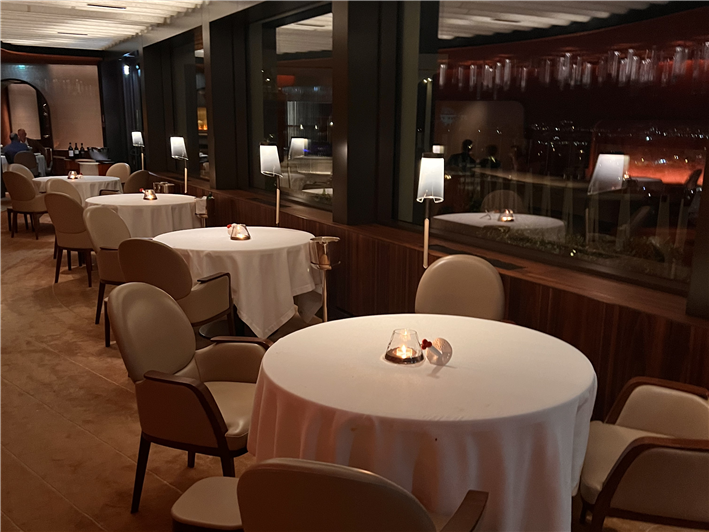
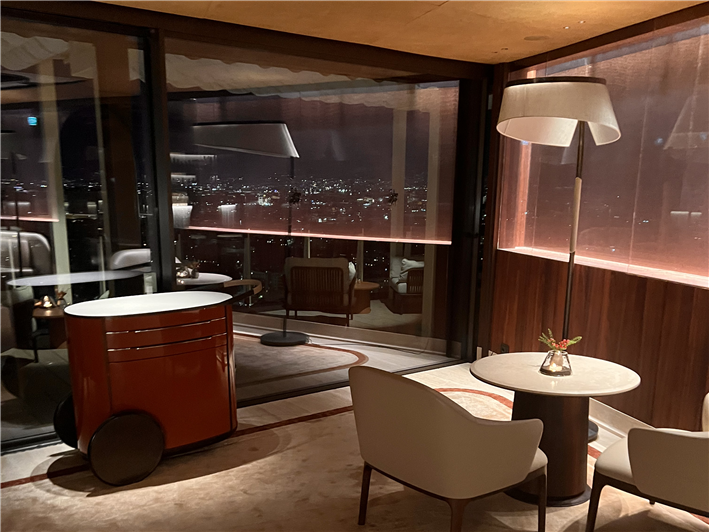
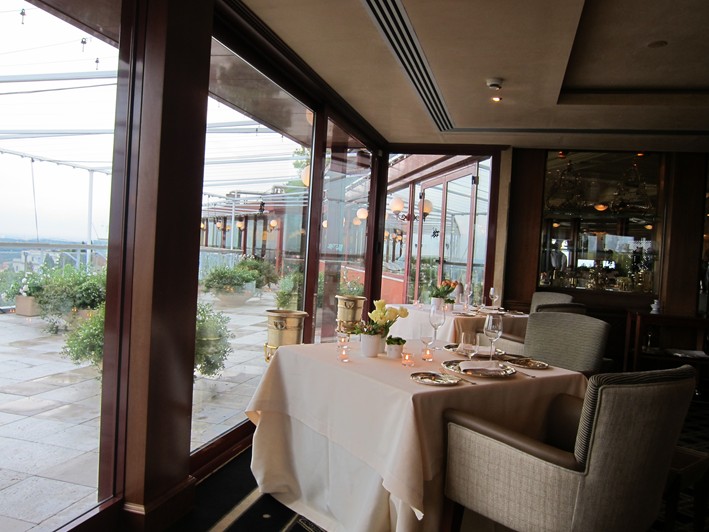
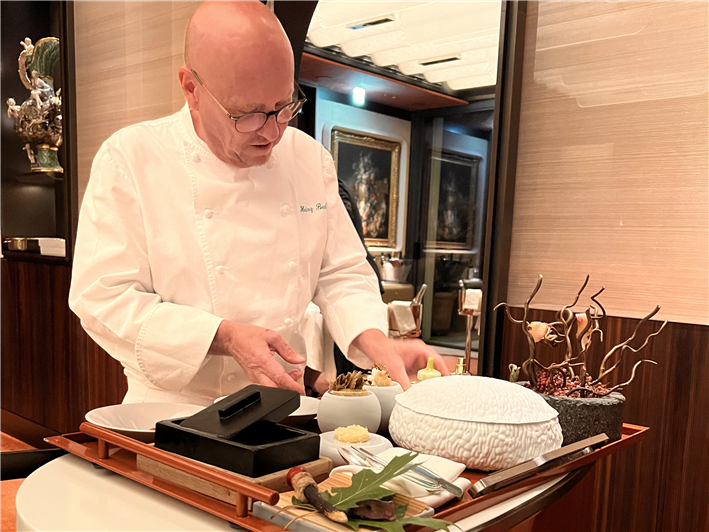
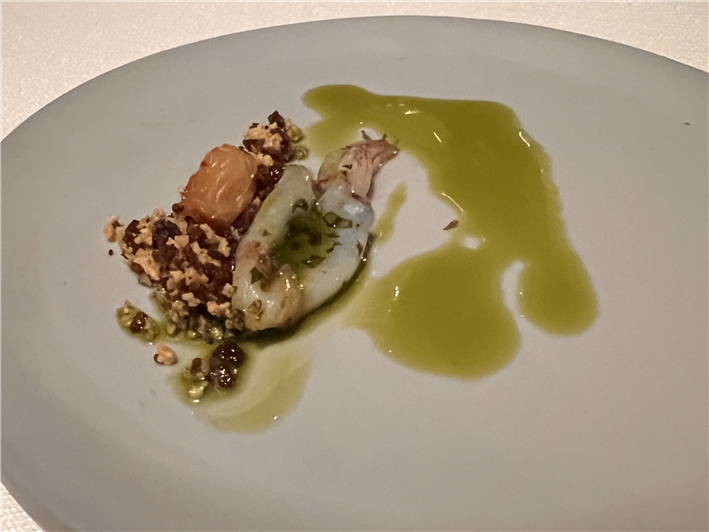
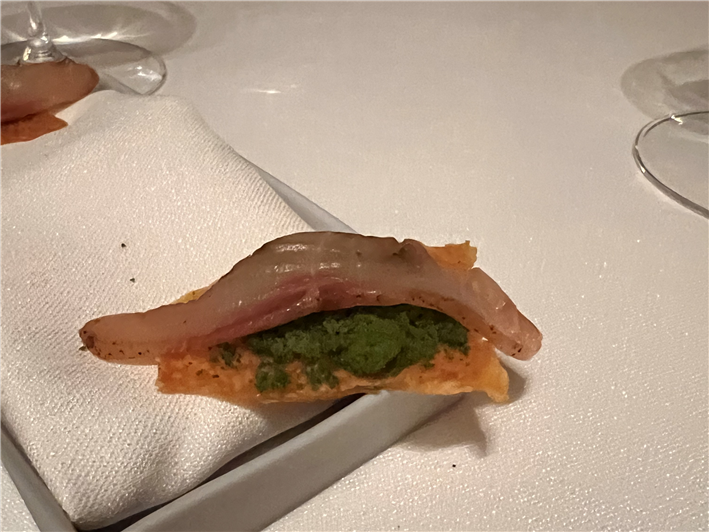
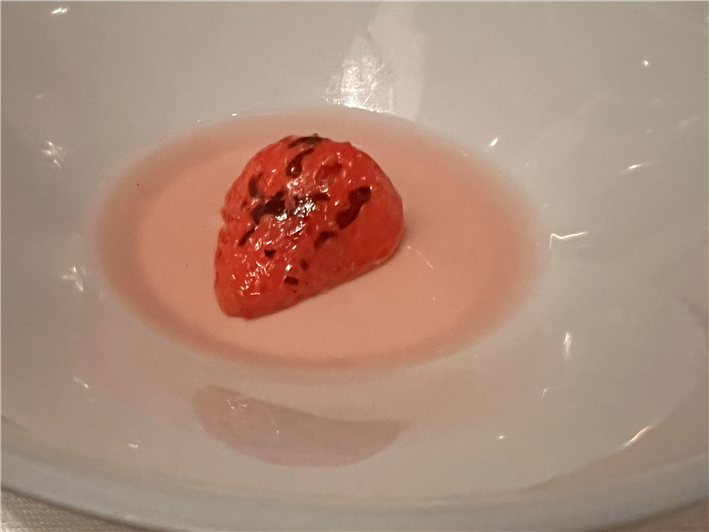
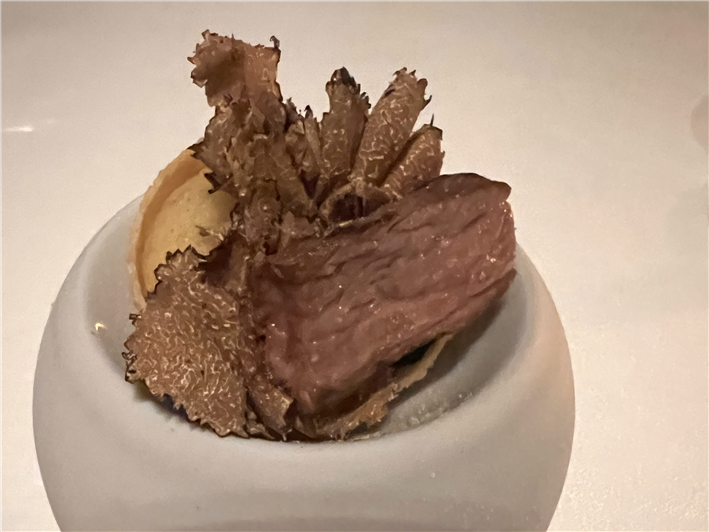

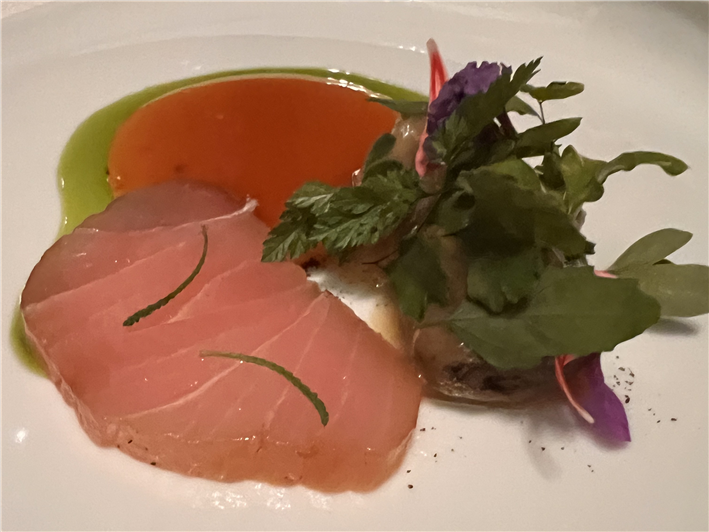
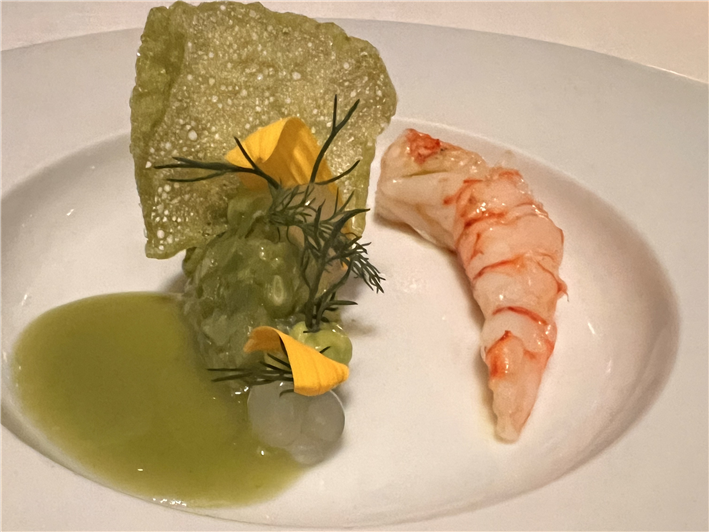
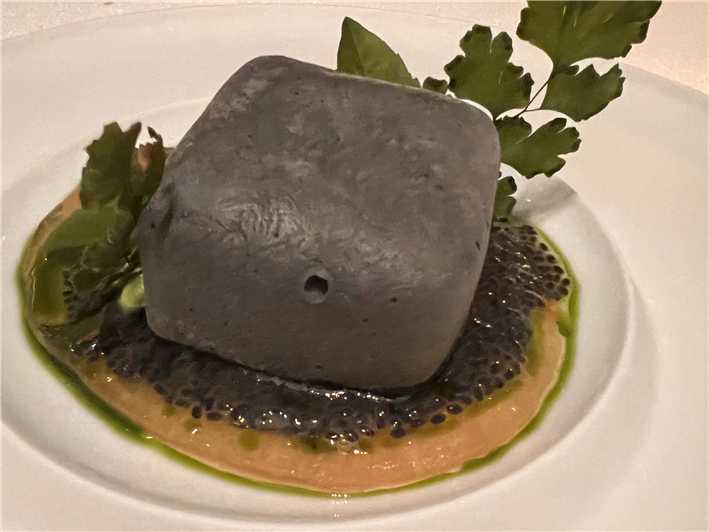
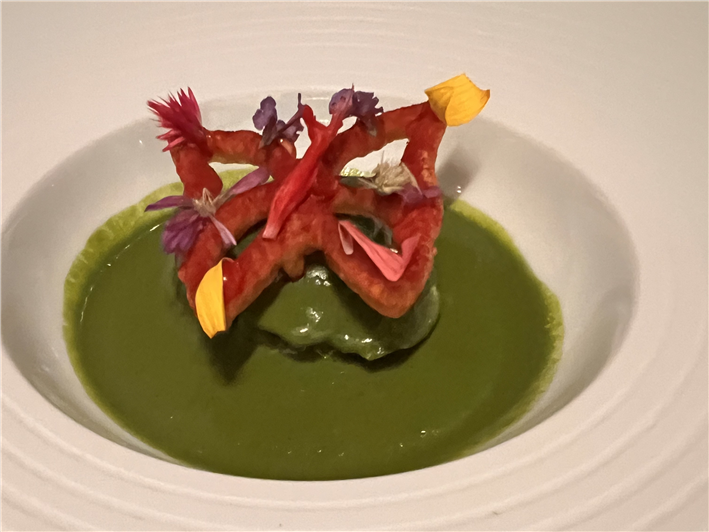
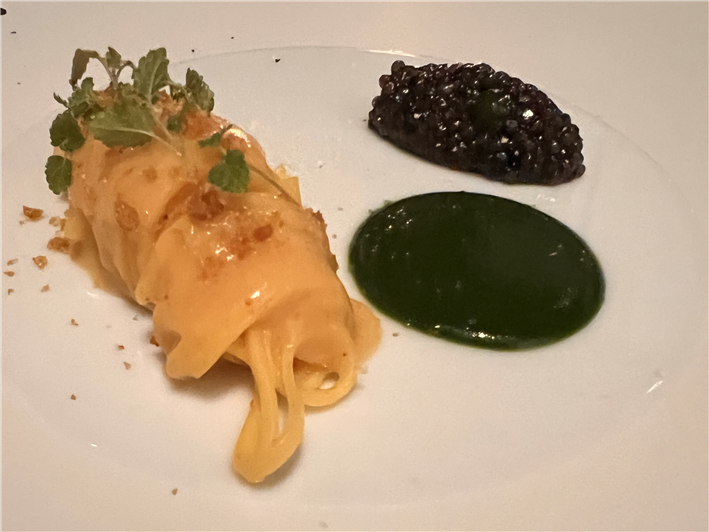
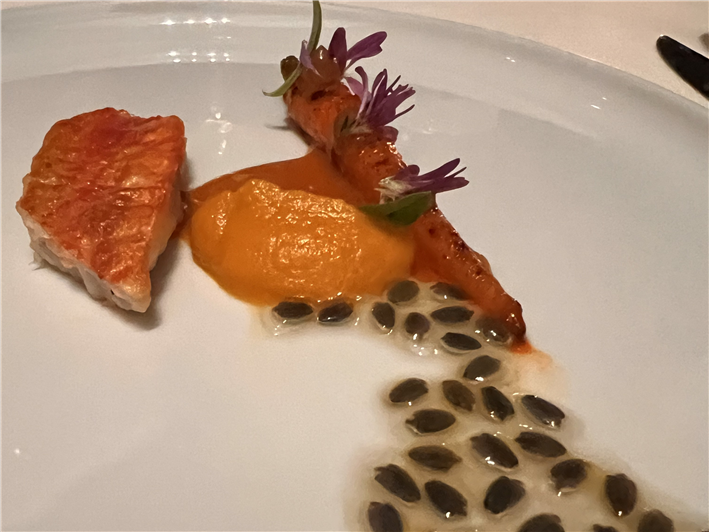
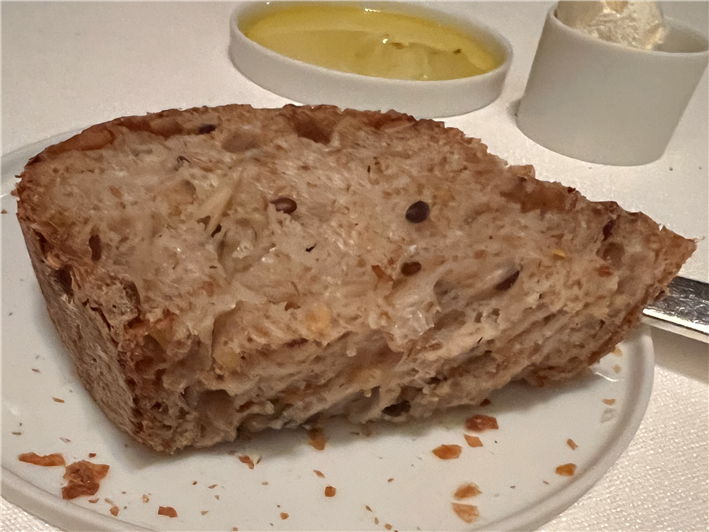
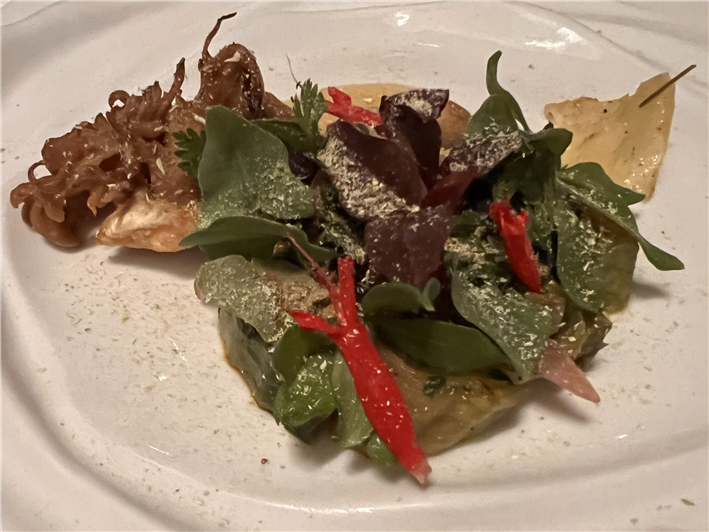
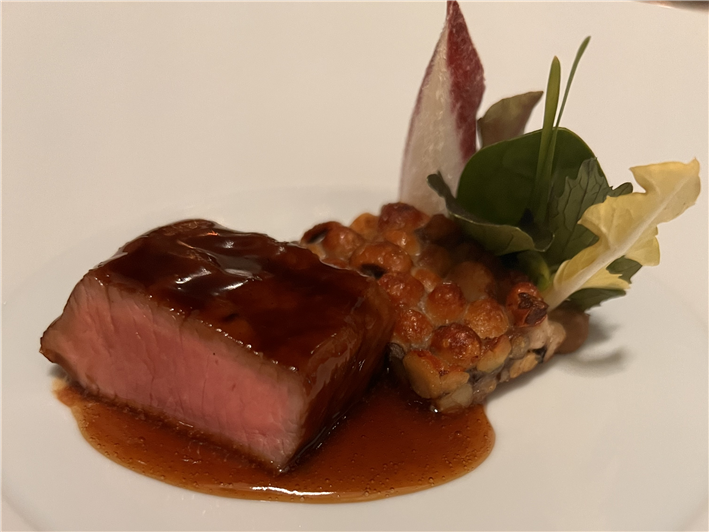
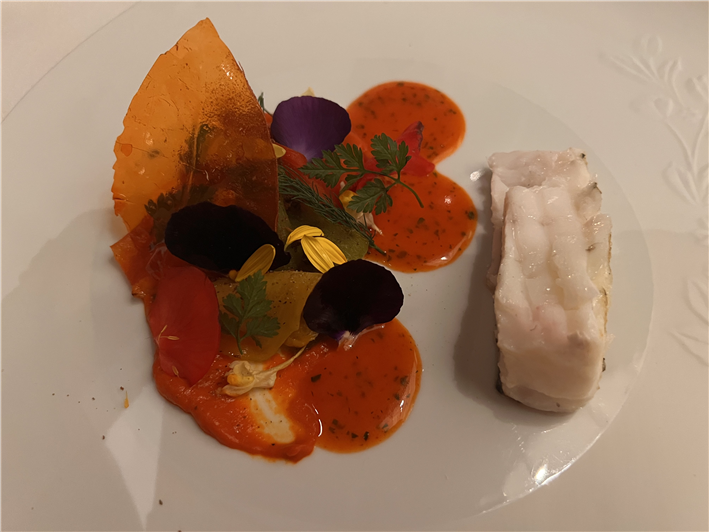
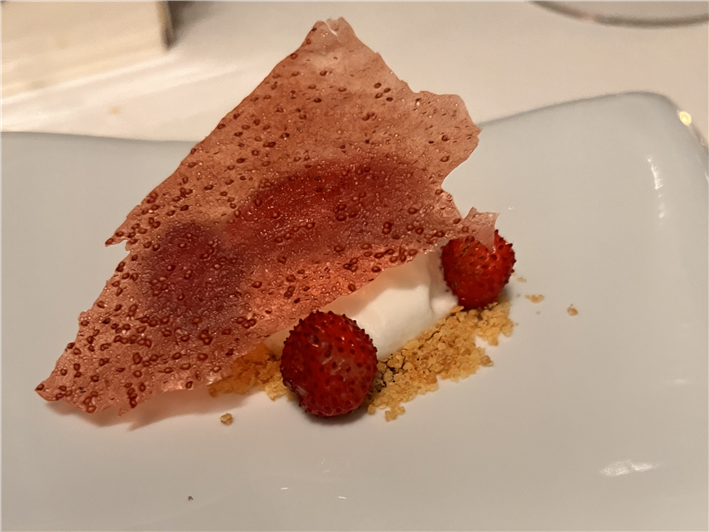
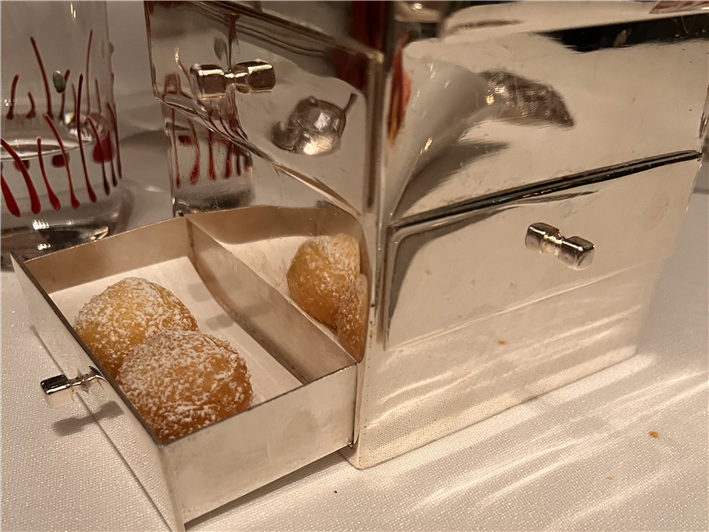
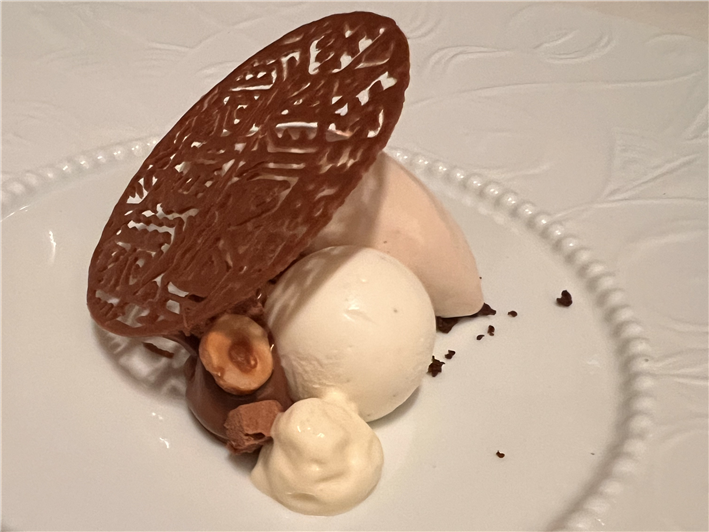
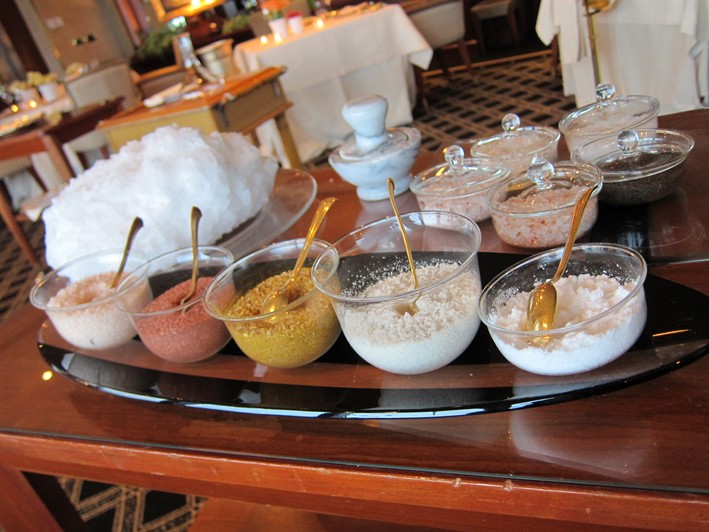
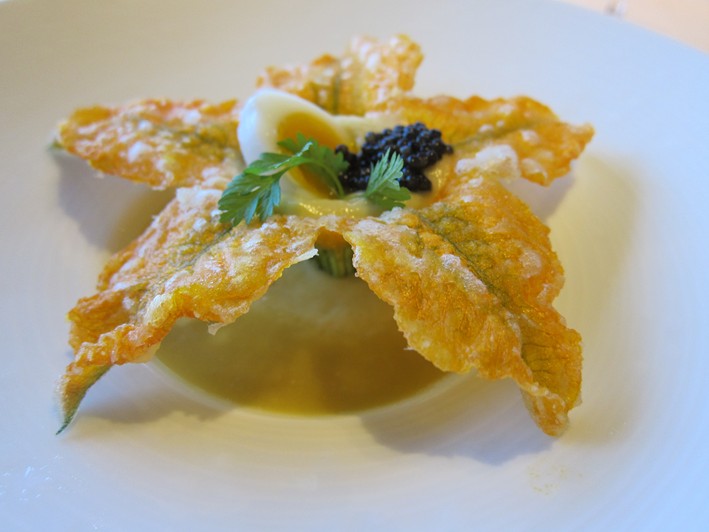
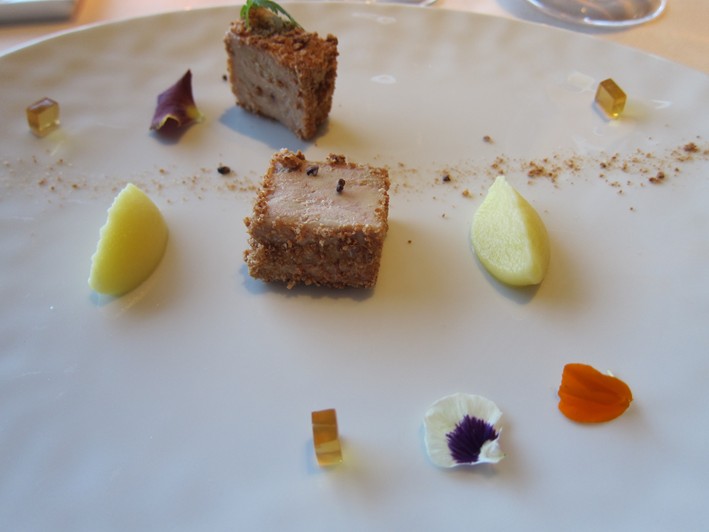
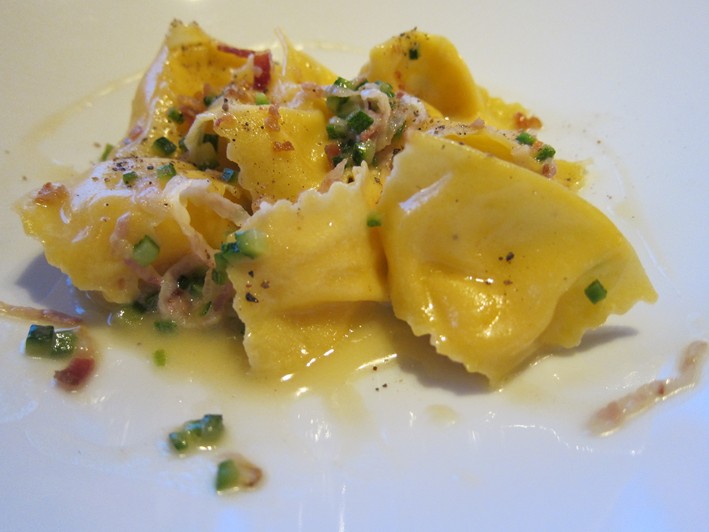
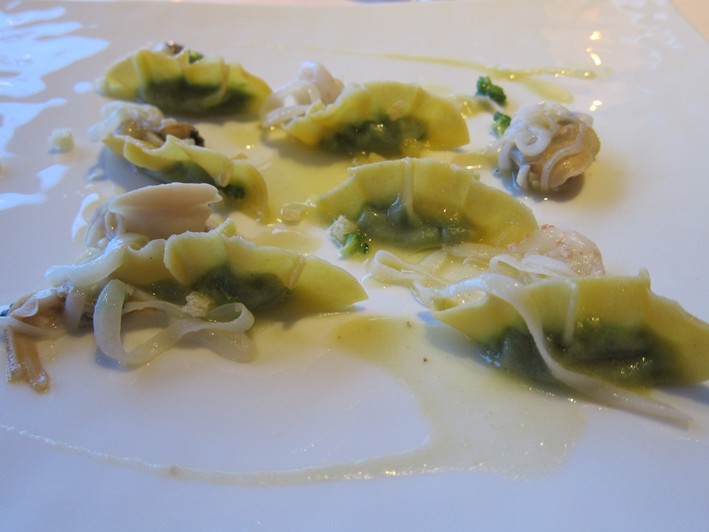
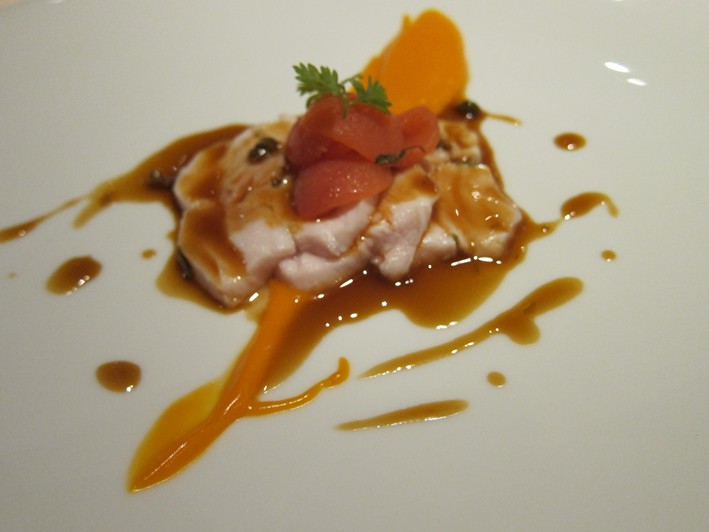
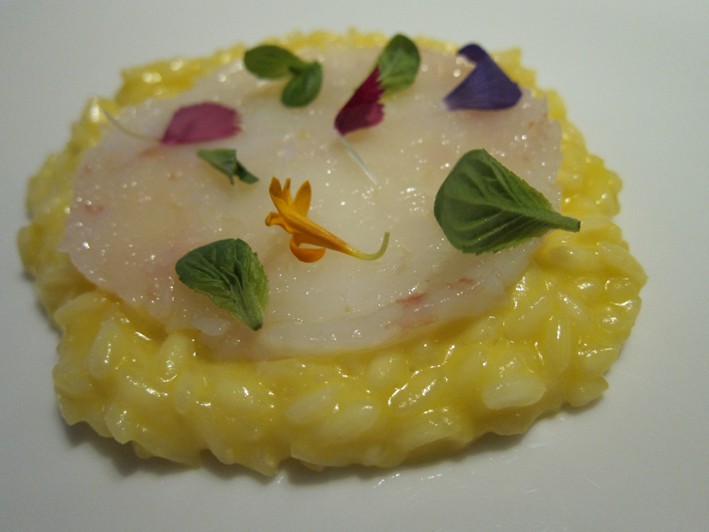
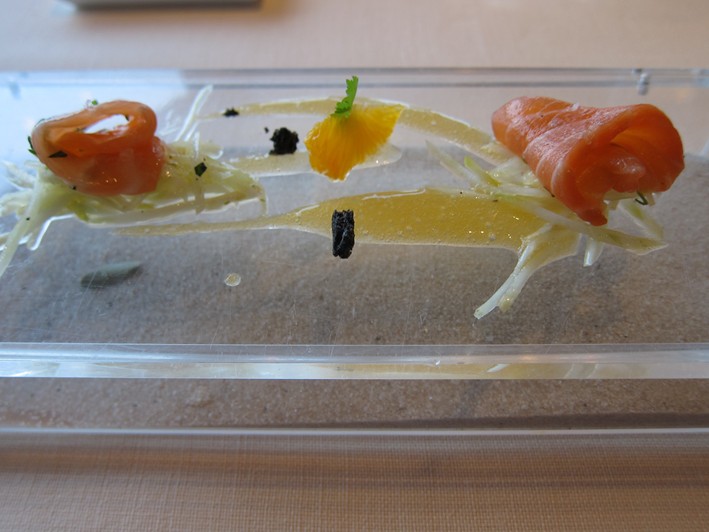
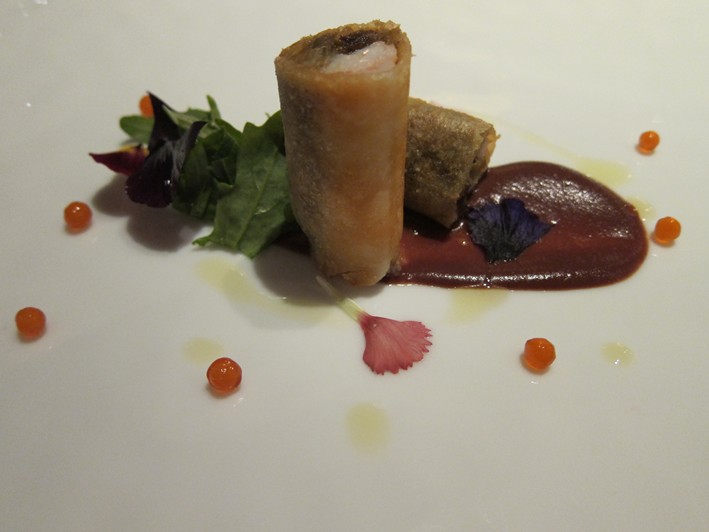
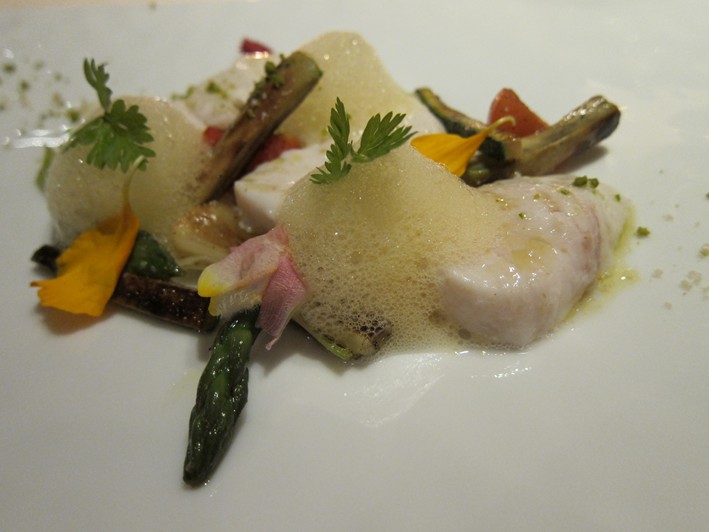
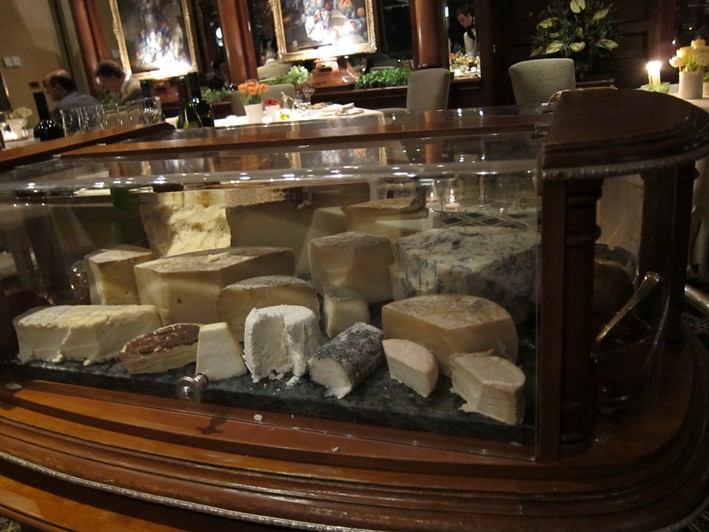
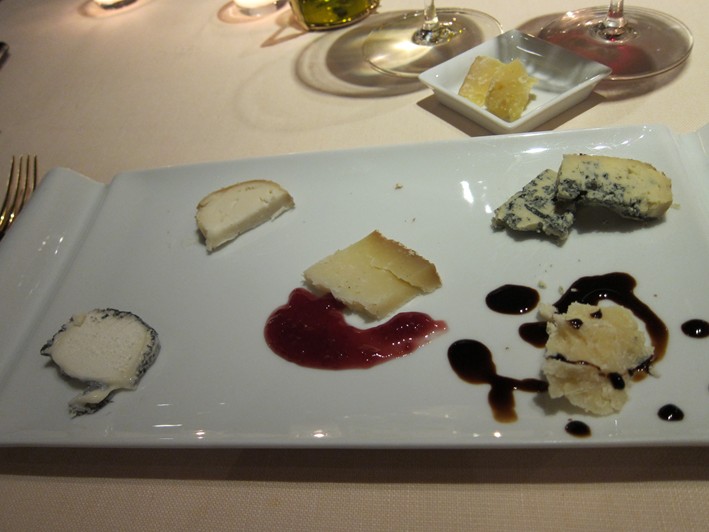
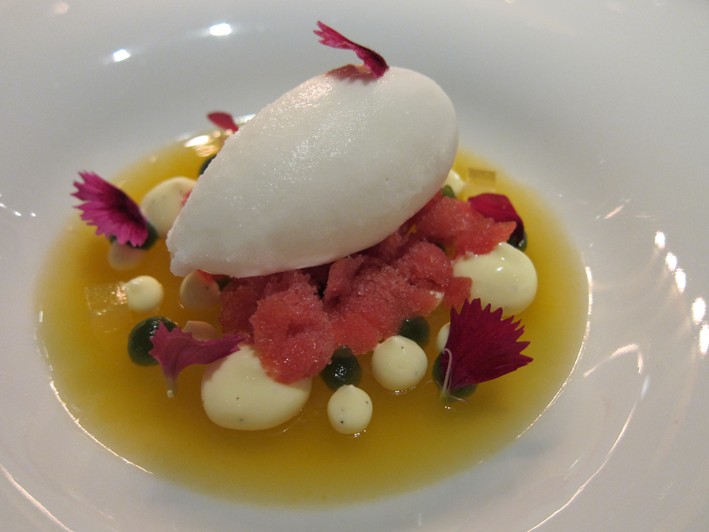
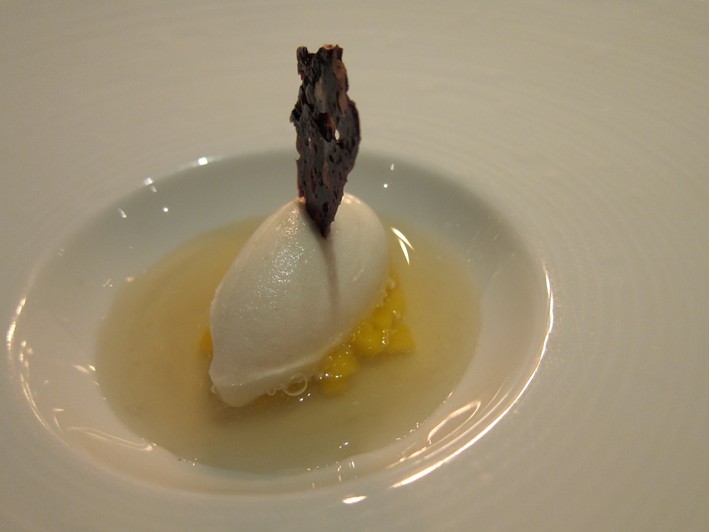
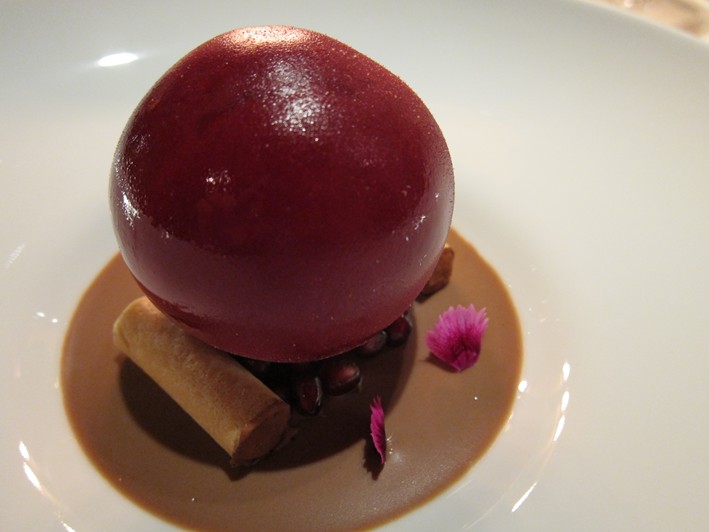
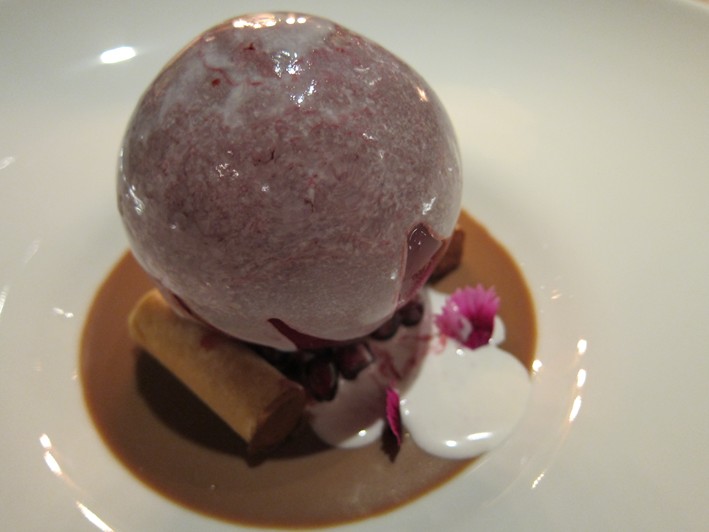
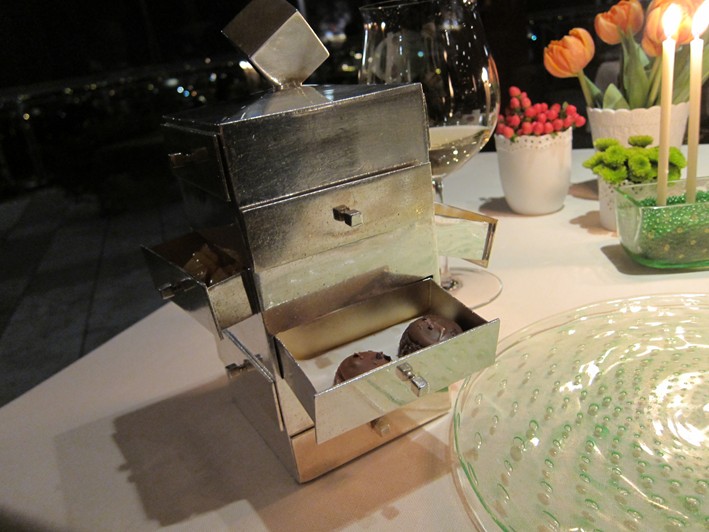
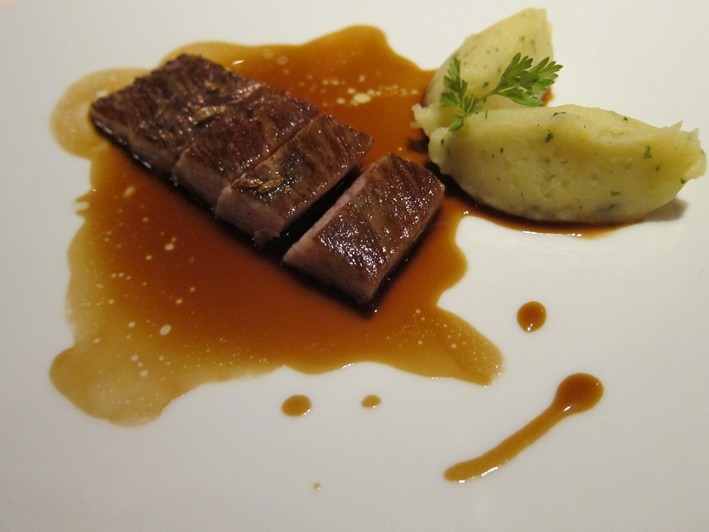
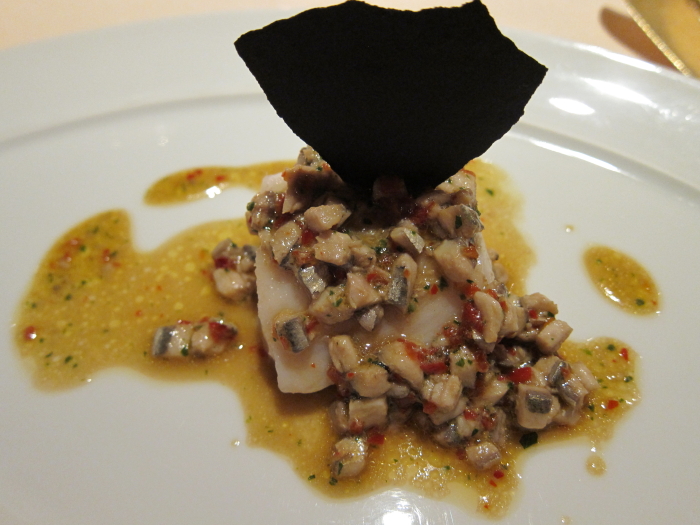
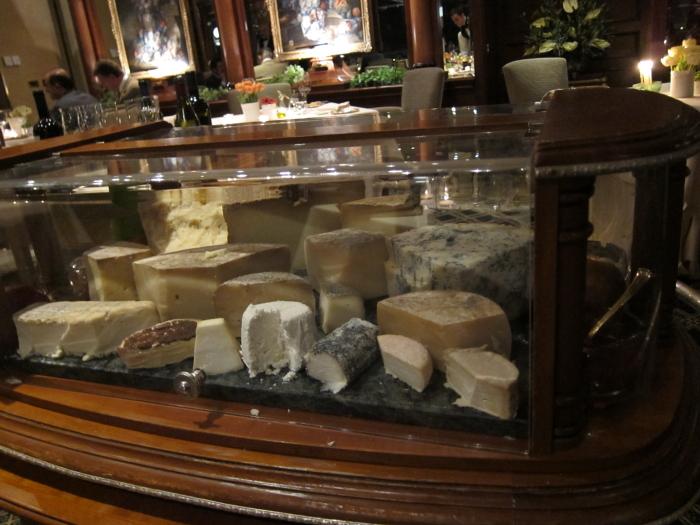
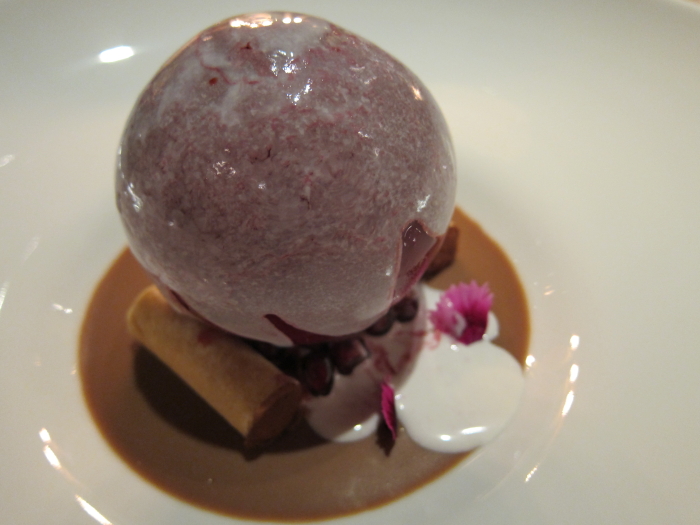
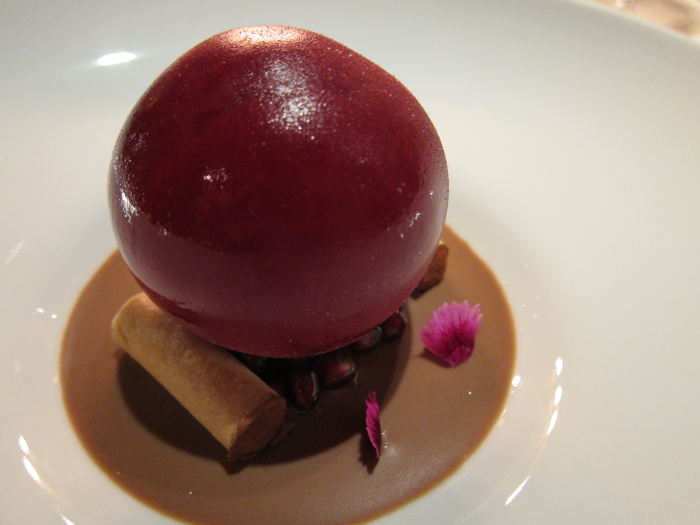
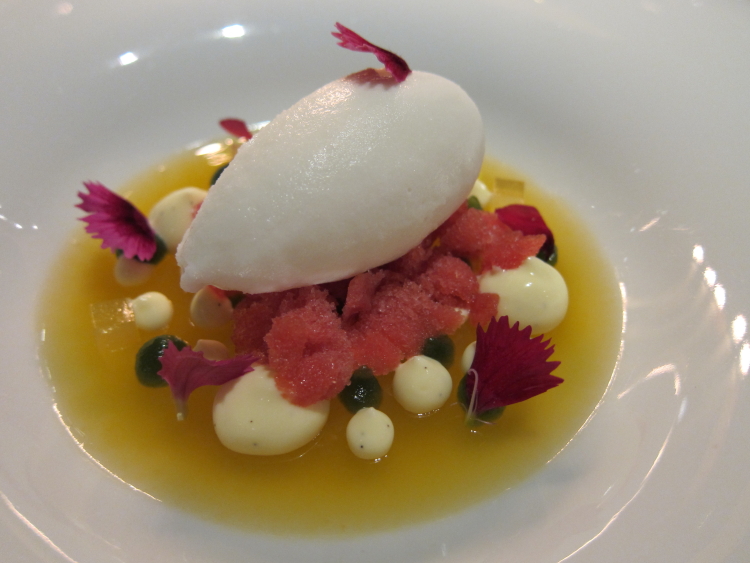
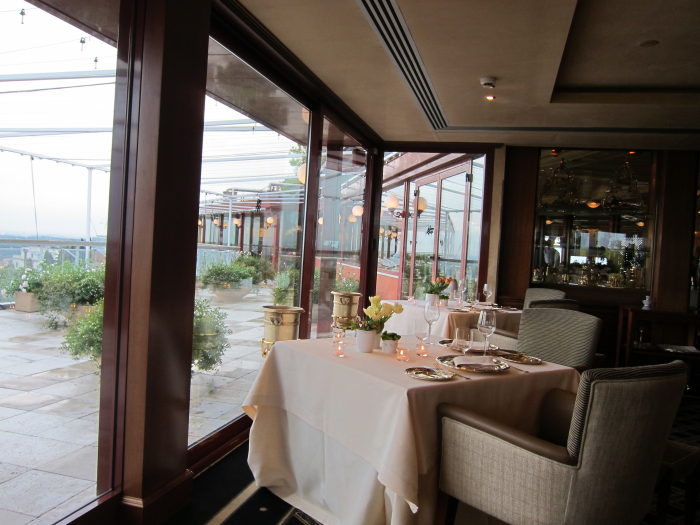
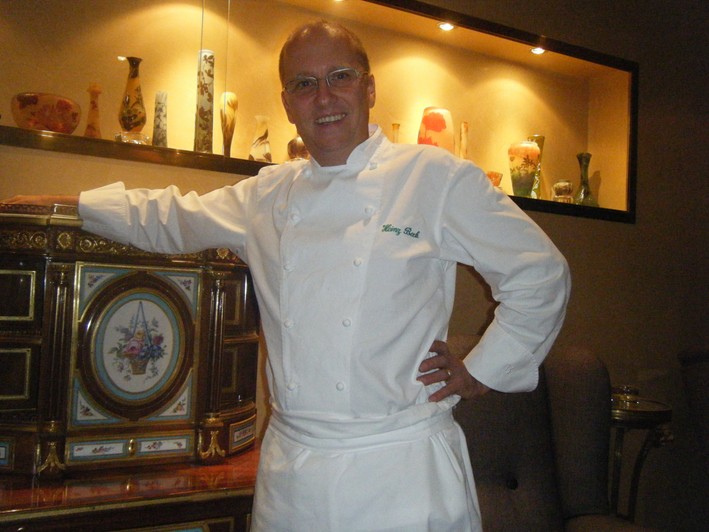
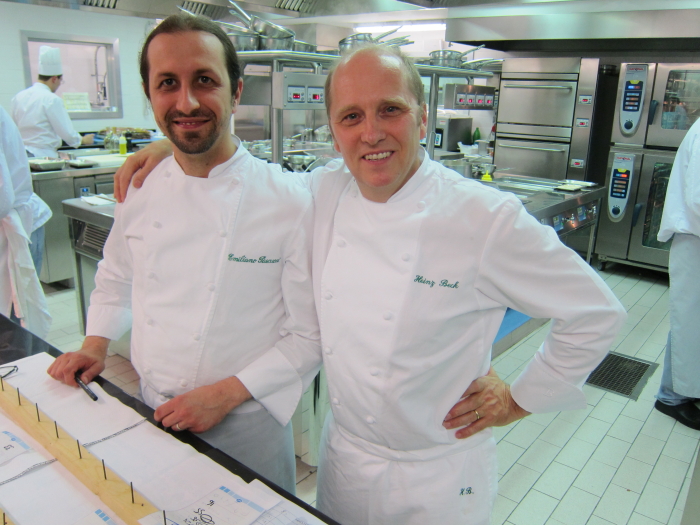
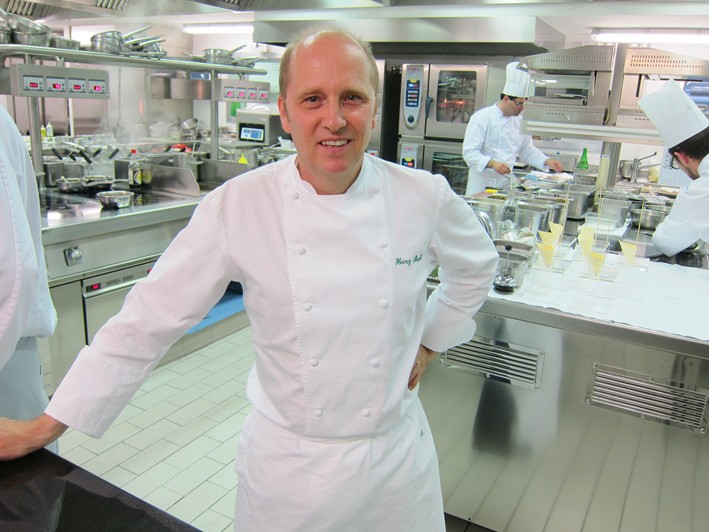
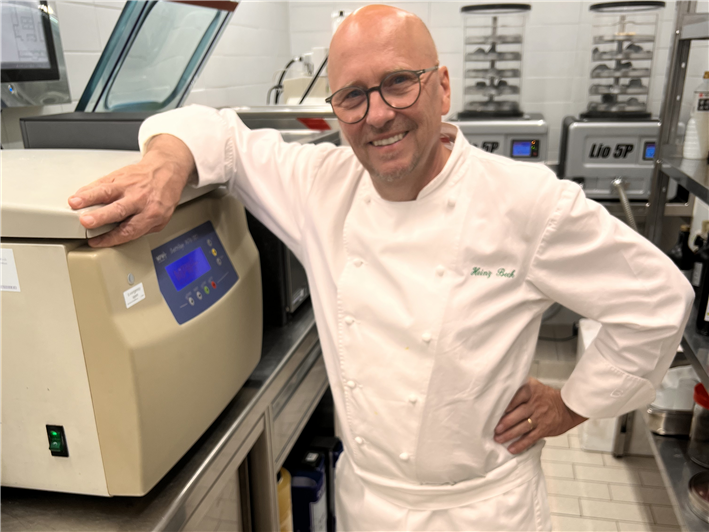


Steve Parsons
A fabulous read and by the sound of it, a fabulous meal. I enjoyed the read, thank you.